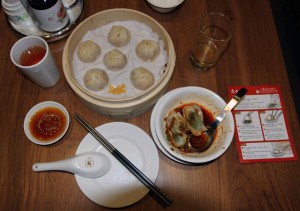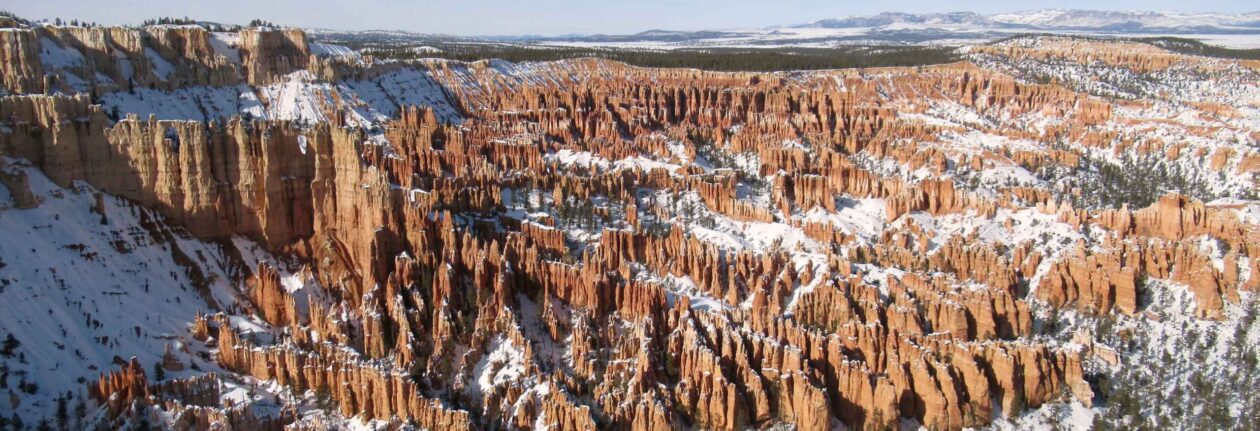Taipei, Taiwan
I slept in again today after an exhausting yesterday. I eventually rose out of bed, got ready for the day, and left to see the Shung Ye Museum of Formosan Aborigines. This museum exhibits tools, clothing, pottery, weapons (they had three-pronged arrows on display, something I had not seen anywhere else before), art, ceremonial costumes, and other artifacts from the indigenous people in Taiwan. It also explains their different beliefs and has videos displaying their ceremonial dances, festivals, and way of life. In many ways they reminded me of the American Indians, as well as other Pacific Island cultures. There were some oddities to be found, such as one tribe being a head-hunter culture and another had (has?) a ceremony where a monkey is placed in a bamboo cage and stabbed with bamboo spears (I think now they use a straw effigy instead of a live monkey).
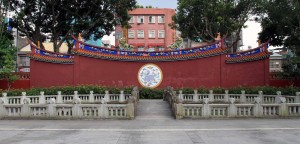
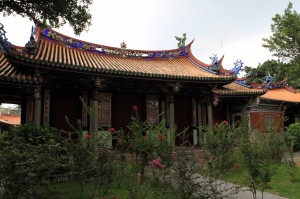

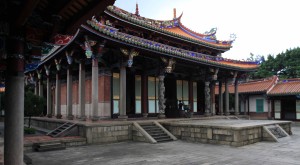
After the museum, I went to the Taipei Confucius Temple. It was a beautiful structure consisting of a main hall, lecture halls on the east and west of the main hall, surrounding walls, and several gates. The best thing about this temple is that it had seven rooms in the halls surrounding the main hall that were filled with exhibitions which explained the Shidian Ceremony (a ceremony to commemorate Confucius) and the Six Arts that were taught by Confucius for his pupils to master. The Six Arts are: Li (rites), Yue (music), She (archery), Yu (chariot riding), Shu (calligraphy), and Shu (mathematics). The most interesting exhibit to me was the one on calligraphy; it broke down and displayed examples of the various glyph styles: Jiaguwen (oracle bone script), Jinwen (Chinese bronze script), Xiaozhuan (lesser seal script), Lishu (clerical script), Kaishu (regular script), Caoshu (cursive script), Xingshu (semi-cursive script); by giving me a better understanding of the art of calligraphy, I am now able to appreciate a little more the different calligraphic paintings on display in the museums here and in China. As for the mathematics section, it made me think once more of all the Algebra and Calculus I haven’t touched since receiving my Bachelor of Science.
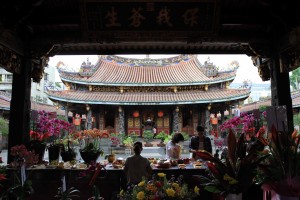
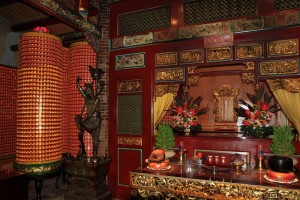
Adjacent to the Confucius Temple is the Dalongdong Bao’an Temple and this was my next stop. This temple had much more intricate artwork, more shrines, paintings, and reliefs than the Confucius Temple. It was also busier with more worshipers burning incense and making offerings of flowers and sweets to the folk deities that this temple worships. I spent a good deal of time walking the grounds of this temple before riding the subway to yet another temple.
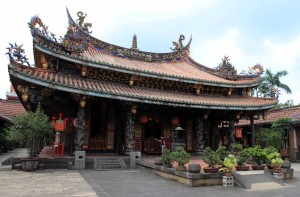
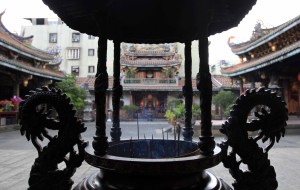

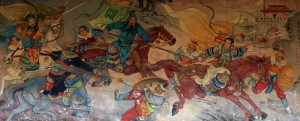
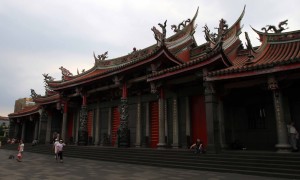
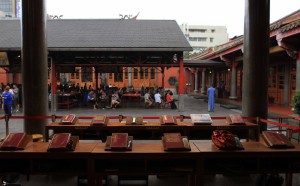
The next temple I visited was Xingtian Temple (also known as Hsing Tian Kong). From the subway station I took an underground passageway to the temple; this passageway had a number of stalls with fortune tellers giving patrons their future outlooks. Most of them looked as though they were crunching numbers, so I suppose these predictions are based more on astronomy than simple hand readings. When I reached the Xingtian Temple, it was filled with worshipers seated and standing under an erected pavilion between the main entrance and the main hall; there was a speaker wearing light-blue robes giving a lecture or a sermon and he was flanked on both sides by two other men wearing the same dress. I walked around discreetly, not wanting to bother the worshipers and listeners. Other than the statues and art in and decorating the main hall as well as the entrance, there was not a whole lot to see here; also, since I don’t understand Chinese, there was no point in staying to listen to the monk in blue. I exited the temple and shortly after the speech was done and many others exited as well.
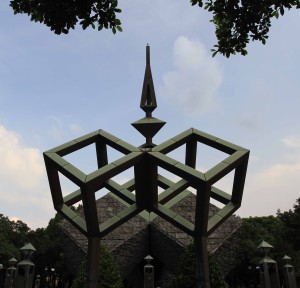
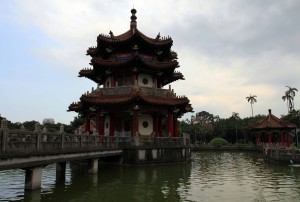
I then went to Peace Park; a park that has a giant memorial dedicated to the 2/28 Incident in 1947 – the incident was an anti-government uprising that began on February 27, 1947 and was violently suppressed by the Republic of China government; the government led massacre began the following day which resulted in 10,000 to 30,000 deaths. The park also has a few ponds and pavilions designed in traditional Chinese architecture. On the edge of the park is the National Taiwan Museum. The museum is comparatively small in size with exhibits on crabs, black jade from Taiwan, plants, cultures of the indigenous people, and a short history of the earliest settlers in Taiwan. There was also a temporary exhibit on the culture of Islam that represented a painfully white-washed history of the early Islamic empires.
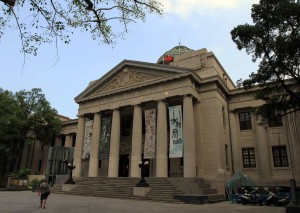
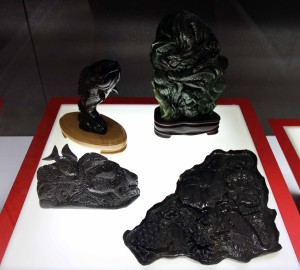
I then went to the the Pacific Sogo building at Fuxing to eat at the famous Din Tai Fung restaurant located there. It’s specialty is in cooking xiao long bao (steamed dumplings). I ordered crab and roe filled xiao long bao, pork wontons in a spicy sauce, beer, and tea. The food was excellent and the restaurant chain is well deserving of the numerous international awards and accolades given to it (also, Tom Cruise on a recent visit to Taiwan to promote ‘Oblivion’ visited the restaurant near Taipei 101 and was taught how to make xiao long bao). I then bought five kinds of traditional Chinese cakes to try at a nearby sweet shop and headed back to my hostel. I ate the cakes and washed it all down with beer before going to sleep.
